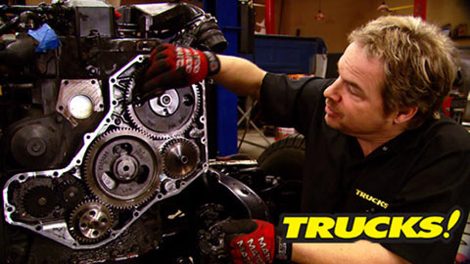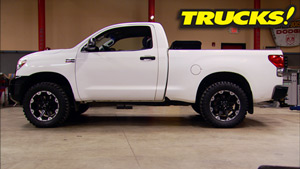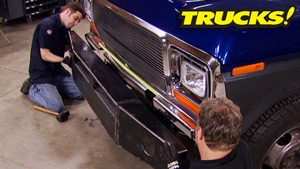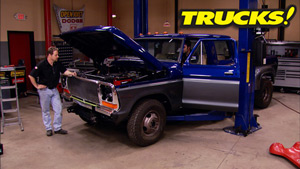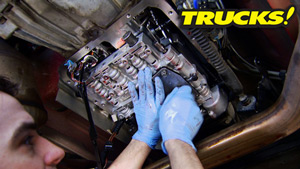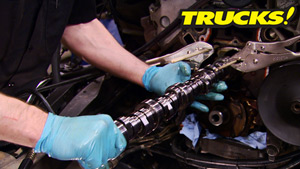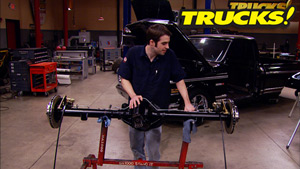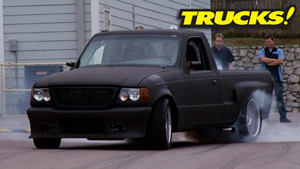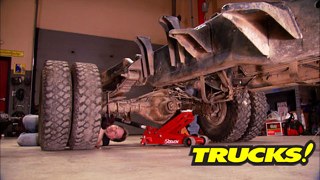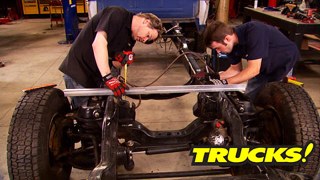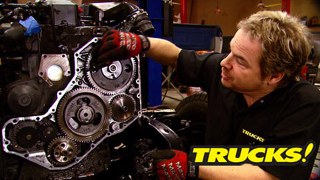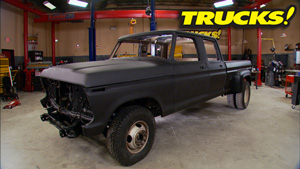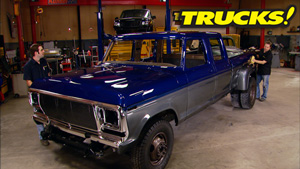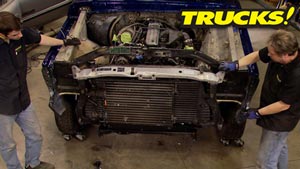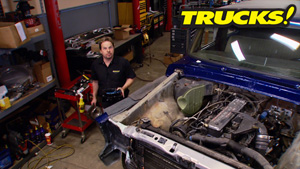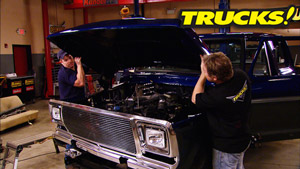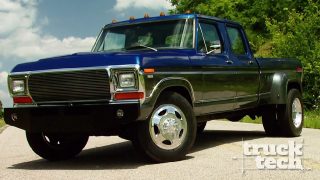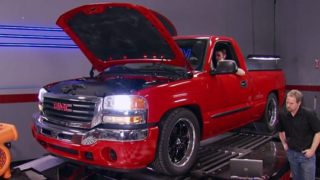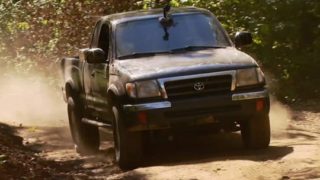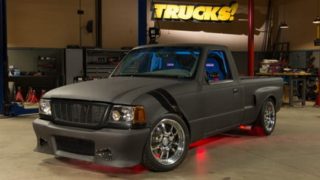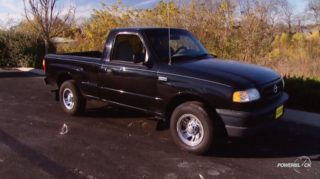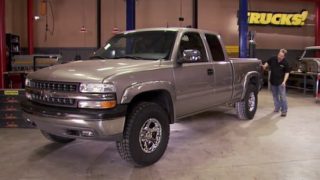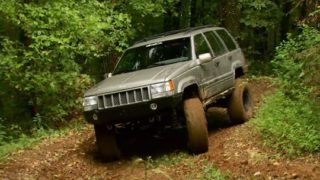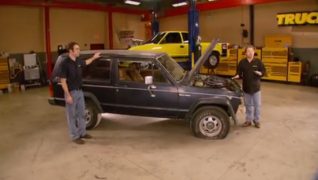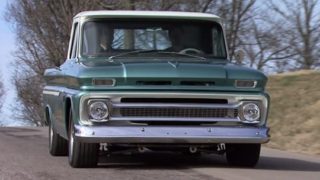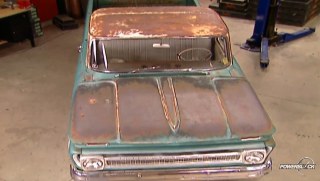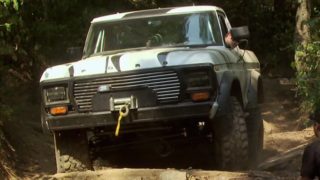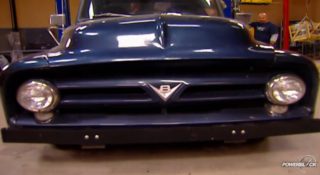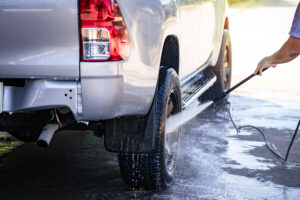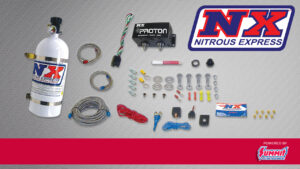More Super Dually Episodes
Trucks! Builds
Want more content like this?
Join the PowerNation Email NewsletterParts Used In This Episode
ATS Diesel Performance, Inc.
High RPM Governor Spring Kit, TST Air-Fuel Control (AFC) Spring Kit.
South Bend Clutch
Dyna Max 13" ETH Clutch Pressure Plate and Organic Faced Disc with Flywheel,Throwout Bearing and Alignment Tool.
Bully Dog Technologies, LLC
Boost and Pyrometer guages.
Industrial Injection & Turbo Service
Delivery Valves With Washers And Gaskets (Complete Kit).
Matco Tools
4-5/16" - 4-3/4" Oil Filter Wrench, American Diesel Compression Kit,Fan Clutch Wrench Set, Engine Rotating Tool Bit, Filter Socket Set.
Napa Auto Parts
3/8" Fuel Hose, 5/16" Fuel Hose. 25 FT each
O'Reilly Auto Parts
Oil Filter, Air Filter, Fuel Filter
O'Reilly Auto Parts
Conversion Set, Valve cover gaskets (6), Pushrod cover set, Thermostat housing gasket
O'Reilly Auto Parts
Timing Cover Gasket
O'Reilly Auto Parts
Miscellaneous
O'Reilly Auto Parts
Case of Brake Clean
O'Reilly Auto Parts
Shell Rotella 15W40 (3)
O'Reilly Auto Parts
Transmission output shaft seal
O'Reilly Auto Parts
Transmission Seal
O'Reilly Auto Parts
Thermostat
O'Reilly Auto Parts
GM Manual Gear Lube NV 4500 Transmissions (4)
O'Reilly Auto Parts
New Water Pump, Accessory Belt
